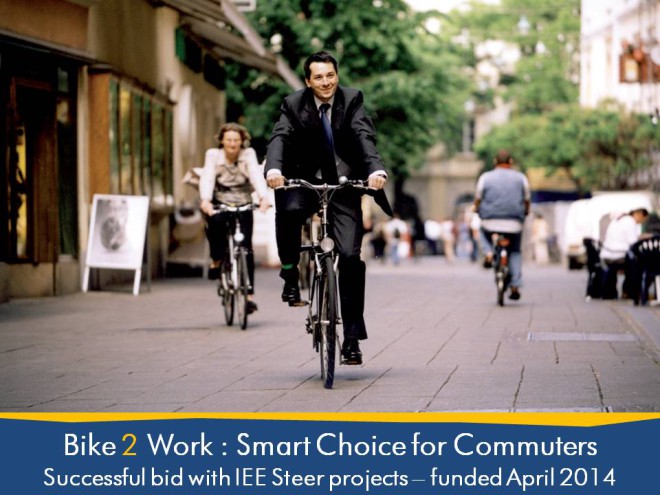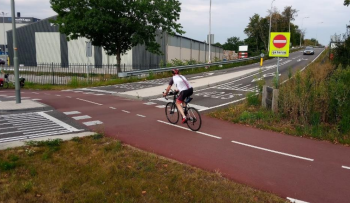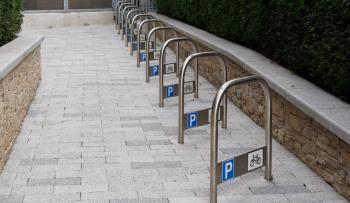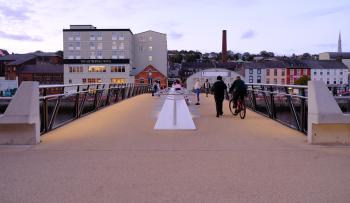
Walking and cycling can save 80bn Euros per year
Inactivity set to become greater risk than smoking; cycling offers solution.
Active transport makes sense – in today’s congested, polluted, and over-priced cities, walking and cycling offer a simple, cheap, and time-effective means of transport. And yet, a recent study by the Centre for Economics and Business Research has found that 1 in 4 adults across Europe is insufficiently physically active, as are 4 out of 5 adolescents. This cannot go on - physical inactivity is costing the European economy over 80bn Euros per year – in other words, 5bn Euros more than the world spends on cancer drugs in a year. Not only that, the report reveals that physical inactivity could become a bigger risk to public health than smoking.
The study, commissioned by the International Sport and Culture Association (ISCA) shows that half a million Europeans die every year as a result of being physically inactive. The most common causes of death are diseases linked to a lack of physical exercise, such as coronary heart disease, type II diabetes and colorectal and breast cancer. Addressing physical inactivity is of paramount importance because its effects extend beyond physical disorders. Indeed physical exercise has been shown to help reduce the effects of depression, anxiety, low self-esteem and psychological and emotional distress. This is significant considering that one in four Europeans is affected by mental ill health and the indirect cost of inactivity-related mood and anxiety disorders is estimated to be over €23bn Euros a year.
Despite the huge financial and human cost, there is a silver lining. Mogens Kirkeby, ISCA President said: “20 minutes a day of moderate activity would make a massive difference to these figures. If we could cut the current level of physical inactivity in Europe by just a fifth, we could save 100,000 lives and over 16bn Euros a year”. Furthermore, while the impacts of physical inactivity are wide-reaching and complex (with physical, psychological, economic, and environmental repercussions), the solution to the problem is simple. The incorporation of physical activity into daily life need not entail any radical, life-changing measures. As Mr. Kirkeby has underlined, changes “could be as simple as getting off the bus or train a stop earlier and taking a brisk walk to work; taking the stairs instead of the elevator, or even just playing in the park or garden with the kids”.
As ECF’s Pro E-Bike Project Manager Randy Rzewnicki says ‘walking and cycling to school, work or the shops is safe, cost-effective and can help achieve transport, environmental and health objectives’. Indeed the promotion of simple, cost-, and time-effective forms of physical activity is the driving force behind many of ECF’s projects – for example Bike2Work. ‘The Bike2Work project promotes an energy-efficient shift from motorized transport to cycling by encouraging employers to introduce behavioural change programs that shift commuters habits’ says ECF Outreach Officer Elina Baltatzi. Recently at the International Conference on Transport and Health (ICTH 2015), Dr. Suzanne Audrey from the School of Social and Community Medicine echoed this sentiment, pointing out that ‘daily commute provides an opportunity for adults who live within walking distance of their workplace to meet their daily physical activity requirements.’
You can see the full report ‘The Costs of Inactivity in Europe’ here.
Source: ‘The Costs of Inactivity in Europe’, an ISCA / Cebr report published by the Centre for Economics and Business Research in June 2015
Network/Project Involved:
Topics:
- Log in to post comments
Contact the author
Recent news!
Contact Us
Avenue des Arts, 7-8
Postal address: Rue de la Charité, 22
1210 Brussels, Belgium









